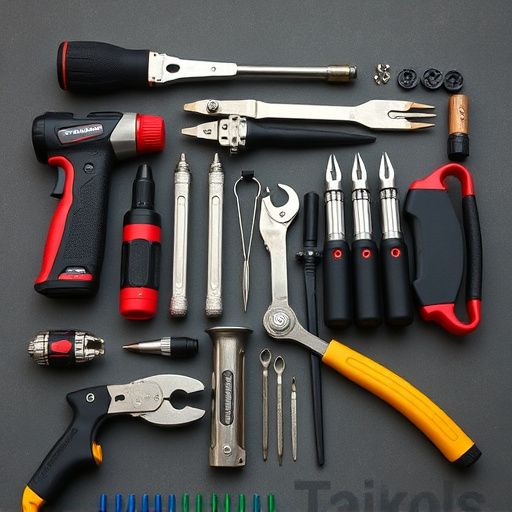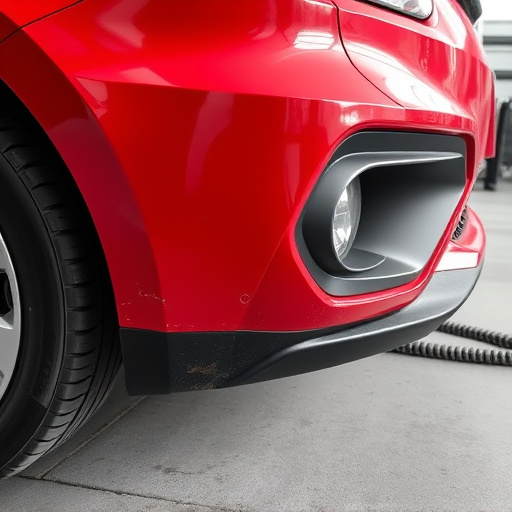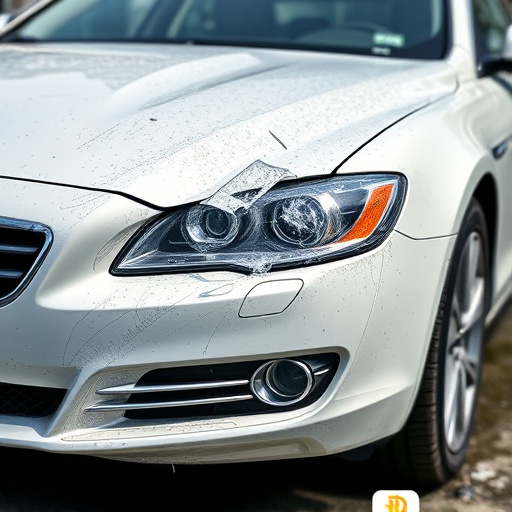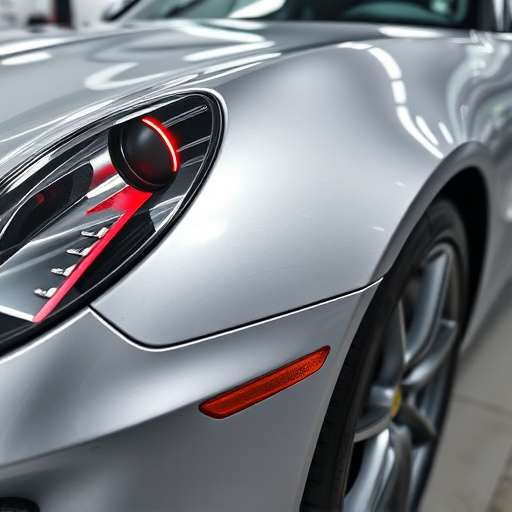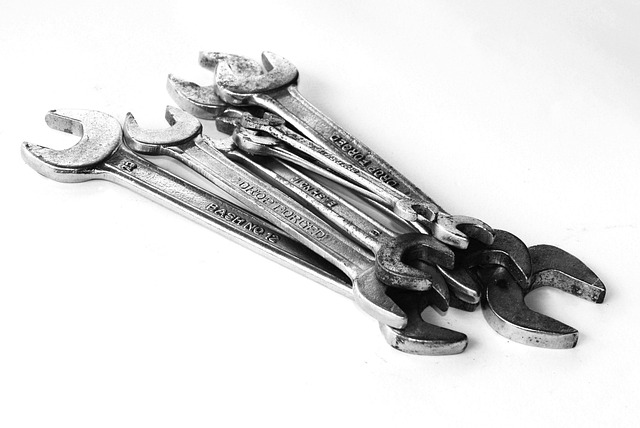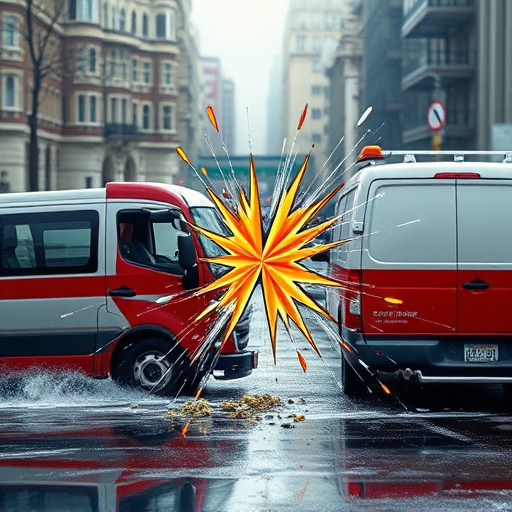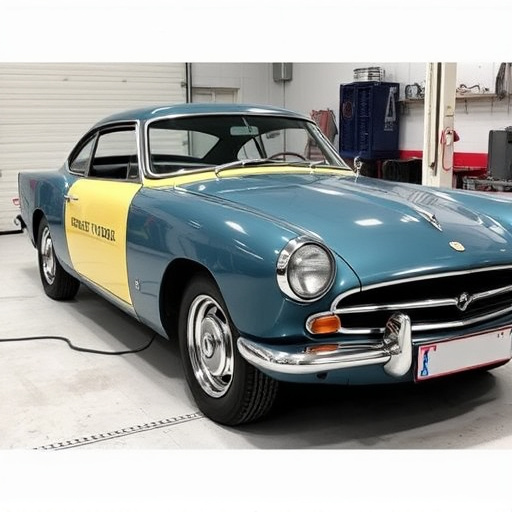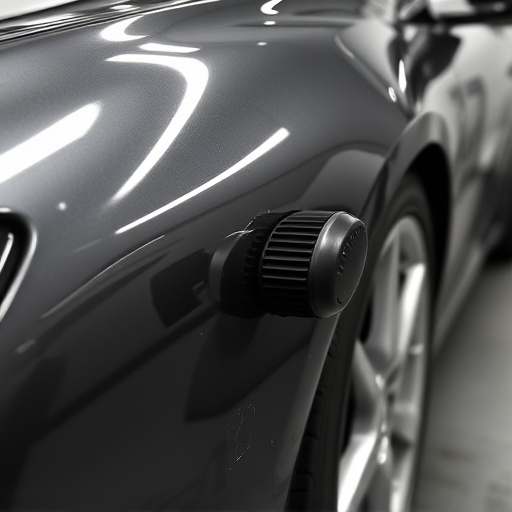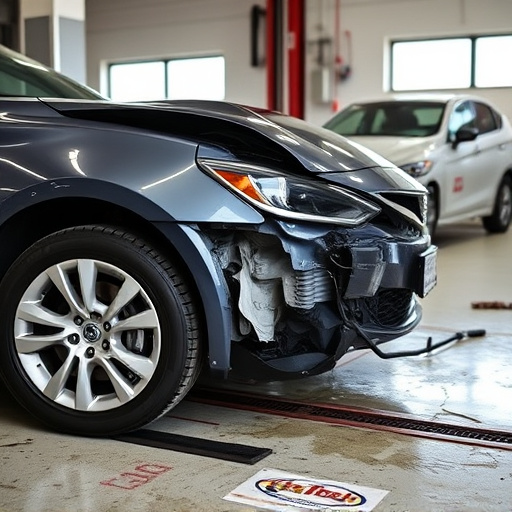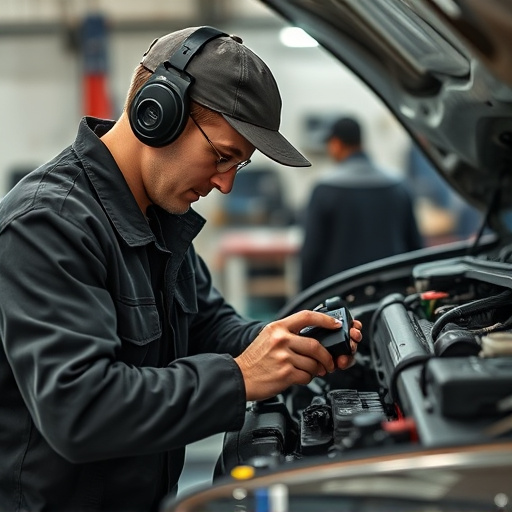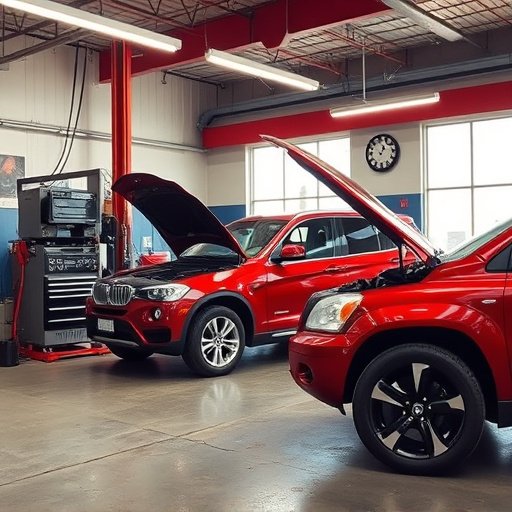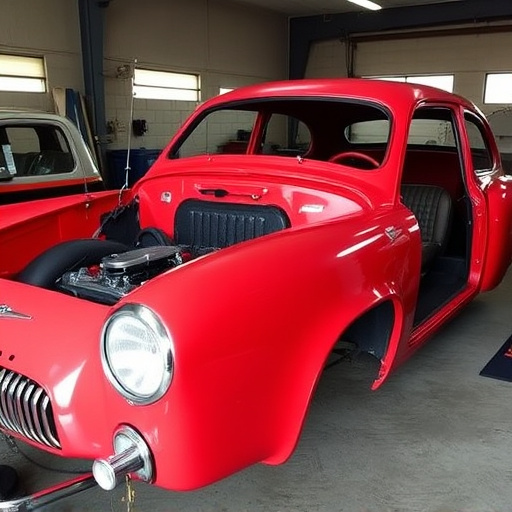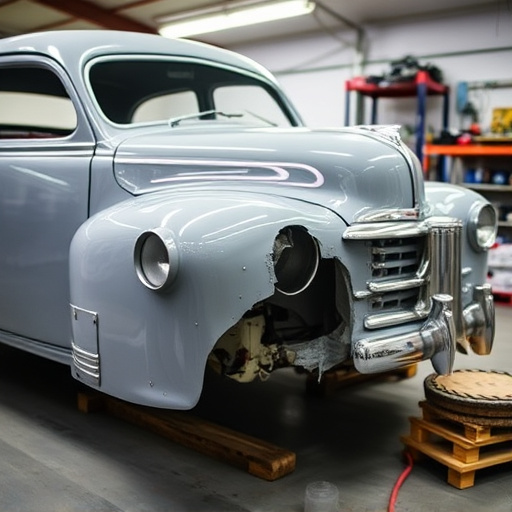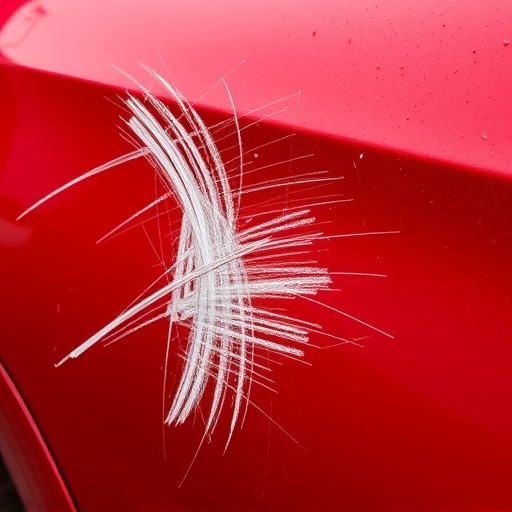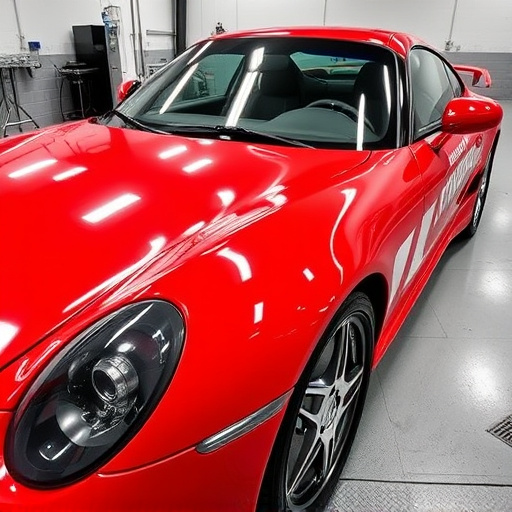Modern vehicle suspension's dog leg repair is a complex task due to advanced car frame geometry and lightweight materials. Traditional methods struggle with these new designs, pushing the industry towards specialized techniques like laser welding and CAD software. Advanced materials and automated systems enhance accuracy, reduce costs, and ensure structural integrity while meeting safety standards, as auto body shops adapt for top-notch dog leg repair services.
In modern vehicle designs, dog leg repairs have emerged as a complex challenge due to increasingly intricate underbody structures. As cars evolve with advanced safety features and lightweight materials, traditional repair methods often fall short. This article delves into the intricacies of understanding modern dog leg design, exploring common challenges faced by mechanics, and highlighting innovative solutions revolutionizing this critical aspect of automotive maintenance. Learn about cutting-edge techniques that enhance efficiency and precision in dog leg repairs.
- Understanding Modern Vehicle Dog Leg Design
- Common Challenges in Dog Leg Repair
- Innovative Solutions for Complex Repairs
Understanding Modern Vehicle Dog Leg Design
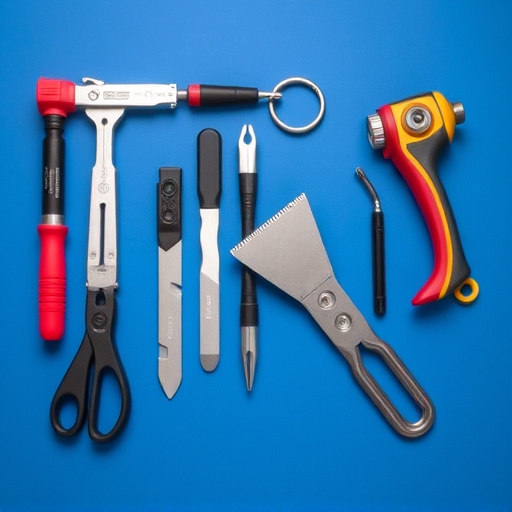
Modern vehicle designs have seen a significant evolution in safety features and structural integrity, but one area that often goes unnoticed is the intricate design of dog legs—essential components in vehicle suspension systems. These dog legs, or control arms, are responsible for connecting the wheels to the vehicle’s chassis, allowing for smooth and controlled movement. In today’s automotive landscape, where precision engineering meets advanced materials, understanding the intricacies of dog leg design is crucial for effective dog leg repair, a critical aspect of car body repair services.
The modern dog leg is crafted with lightweight yet robust materials like high-strength steel and aluminum alloys, reflecting the industry’s focus on enhancing fuel efficiency while maintaining structural integrity. Their designs often incorporate complex geometric shapes and precision-engineered tolerances to accommodate various driving conditions and ensure optimal performance. With these advanced designs come unique challenges for auto repair shops, as specialized tools and expertise are required to perform accurate dog leg repairs, keeping up with the ever-evolving standards of automotive repair services.
Common Challenges in Dog Leg Repair
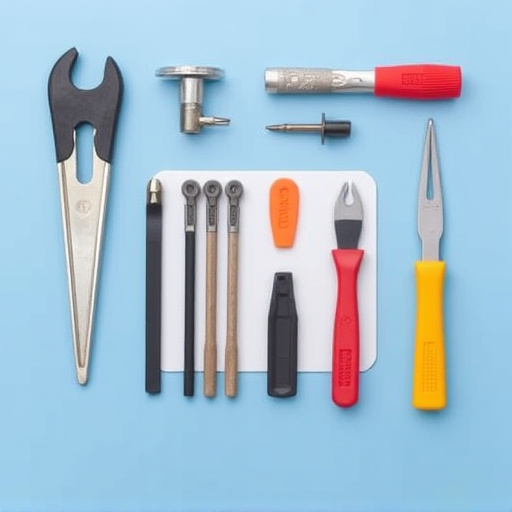
In modern vehicle designs, dog leg repairs present unique challenges for auto body services and vehicle bodywork experts. One of the primary difficulties lies in the intricate nature of contemporary car frames, which often feature complex geometry and lightweight materials. Traditional repair methods may not align with these advanced designs, requiring specialized techniques and tools to ensure precision and structural integrity.
Additionally, the integration of advanced safety features, such as crumple zones and airbag systems, complicates dog leg repair. Vehicle body repair technicians must carefully navigate around these components while making accurate adjustments to maintain the vehicle’s safety standards. This necessitates a deep understanding of both mechanical principles and modern vehicle engineering for effective dog leg repair solutions.
Innovative Solutions for Complex Repairs
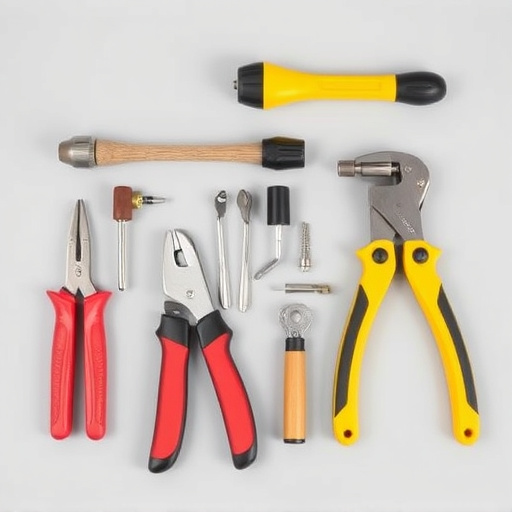
In the realm of modern vehicle design, dog leg repair presents unique challenges due to intricate and complex automotive structures. Traditional methods often fall short in addressing these intricate issues effectively. However, innovative solutions are emerging from the ever-evolving automotive industry. Advanced techniques like precision laser welding and computer-aided design (CAD) software enable auto body shops to tackle complex repairs with enhanced accuracy and efficiency. These cutting-edge tools not only facilitate precise dog leg repair but also minimize the need for extensive metal fabrication, thereby reducing costs and time spent in automotive body work.
Furthermore, the integration of advanced materials plays a pivotal role in enhancing repair capabilities. High-strength steels and lightweight composites offer both durability and versatility, enabling mechanicians to restore vehicles to their pre-accident condition with improved structural integrity. As the demand for seamless dog leg repairs increases, auto body shops are continuously exploring new avenues, including automated repair systems and specialized training programs, to stay ahead in this competitive landscape, ensuring customers receive top-notch scratch repair services for their modern vehicle designs.
Modern vehicle designs, with their complex suspension systems, present unique challenges for dog leg repair. As these components are integral to vehicle stability and handling, efficient and effective repairs are essential. By understanding the intricate design of modern dog legs and embracing innovative solutions, technicians can overcome common obstacles. This ensures not only the safety and performance of the vehicle but also extends the lifespan of its critical parts. Through continuous innovation in dog leg repair techniques, the automotive industry can navigate these challenges, providing efficient, cost-effective, and durable solutions for all vehicle models.
